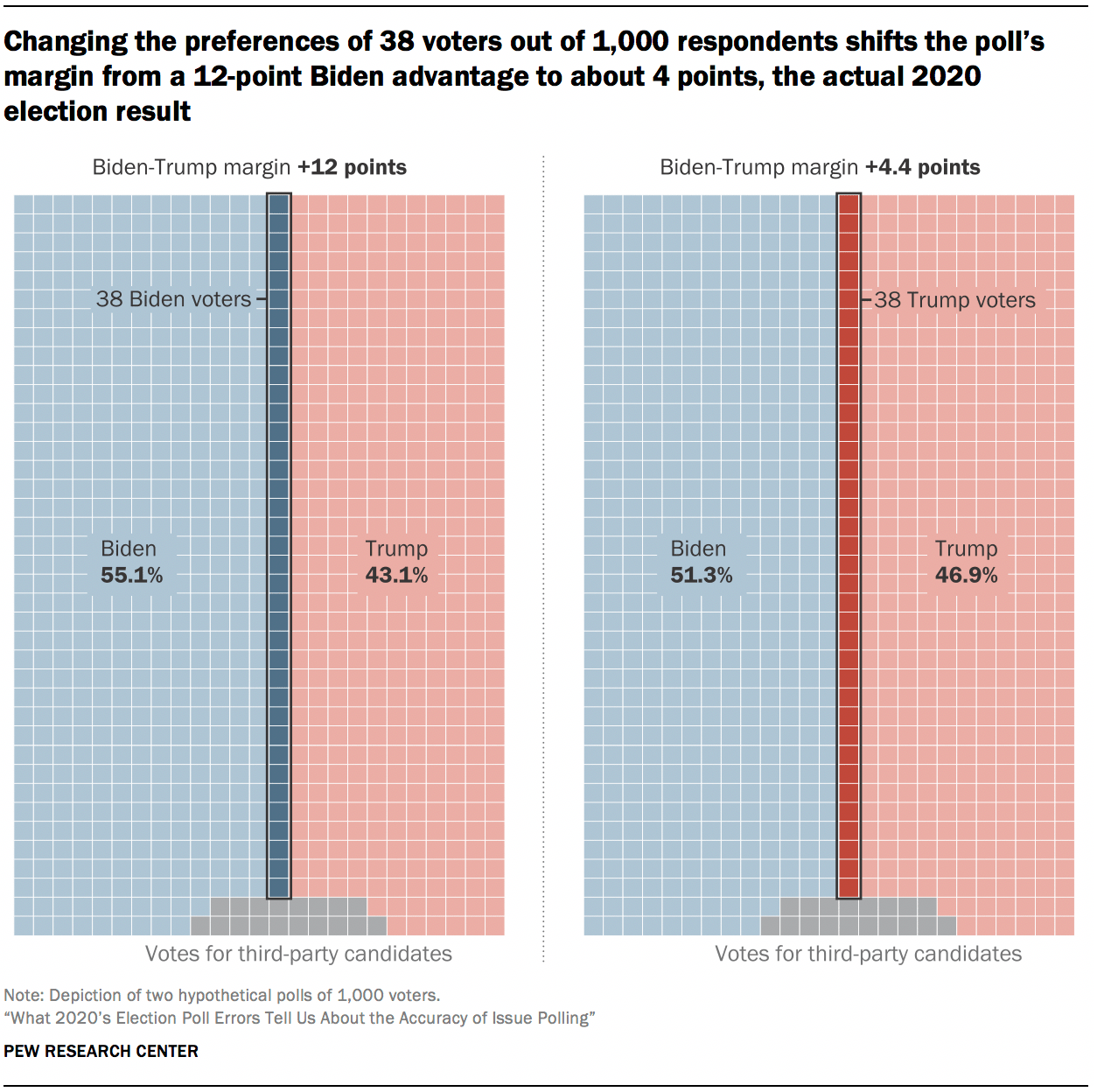Robust Poll Data Systems: Preventing Election Errors And Fraud

Table of Contents
The Importance of Secure Data Storage and Transmission
Insecure poll data systems represent a significant vulnerability, leaving election data susceptible to manipulation and compromise. The consequences of inadequate security measures can be catastrophic.
- Data breaches leading to voter manipulation, altering vote counts, or even disqualifying legitimate votes.
- Loss of sensitive voter information, potentially leading to identity theft, voter intimidation, or other privacy violations.
- Compromised election results, eroding public trust and potentially leading to disputed outcomes and political instability.
Robust poll data systems must prioritize secure data handling throughout the entire electoral process. This involves implementing several key strategies:
- Data Encryption: Employing strong encryption protocols to protect data both at rest and in transit, ensuring that even if intercepted, the data remains unreadable.
- Secure Servers: Utilizing physically secure and robustly protected servers with multiple layers of security to prevent unauthorized access.
- Blockchain Technology: Exploring the use of blockchain technology for its inherent security and transparency features, creating an immutable record of votes and making manipulation extremely difficult.
Several countries have successfully implemented secure data systems. Estonia, for example, uses a robust digital voting system based on strong authentication and encryption, significantly reducing the risk of fraud and manipulation.
Real-Time Data Validation and Auditing
Real-time data validation and auditing are crucial for ensuring the accuracy and integrity of election results. Immediate checks help identify inconsistencies and anomalies quickly, minimizing the impact of any errors.
- Immediate identification of inconsistencies and anomalies, such as unexpected vote surges or patterns indicative of fraud.
- Reduced risk of widespread errors, as issues are detected and addressed promptly, preventing them from escalating.
- Faster resolution of potential issues, allowing for quicker responses to challenges and increased confidence in the final results.
Automated validation systems can significantly improve efficiency, flagging potential problems for human review. However, human oversight remains critical, providing a crucial layer of judgment and expertise. Transparent auditing trails, meticulously documenting every step of the data processing, further enhance accountability and public trust. These trails should be easily accessible to authorized individuals and election observers.
Voter Authentication and Verification Systems
Ensuring accurate voter identification is paramount to preventing fraud and maintaining election integrity. This involves implementing robust voter authentication and verification systems that balance security with accessibility.
- Preventing duplicate voting, ensuring that each individual casts only one vote.
- Identifying ineligible voters, such as those who are deceased, not registered, or otherwise disqualified.
- Maintaining voter privacy, safeguarding sensitive personal information while ensuring accurate identification.
Various authentication methods can be employed:
- Biometric systems: Utilizing fingerprints, facial recognition, or other biometric data for unique identification.
- Digital signatures: Employing digital signatures to verify the authenticity of ballots and voter registrations.
- Secure ID cards: Issuing secure and tamper-proof identification cards to voters.
It’s crucial to consider accessibility when implementing these systems, ensuring that all eligible voters, regardless of age, disability, or technological literacy, can participate easily and securely.
The Role of Technology in Enhancing Poll Data Systems
Technological advancements offer significant opportunities to enhance the robustness and security of poll data systems.
- AI and machine learning: Can be leveraged to detect anomalies and patterns indicative of fraud, enhancing the capabilities of automated validation systems.
- Open-source poll data management systems: Promote transparency and allow for community scrutiny and improvement, enhancing security through diverse input and review.
- Ongoing technological upgrades: Continuous investment in technology is necessary to stay ahead of evolving threats and vulnerabilities. Regular software updates and security patches are vital to maintaining the integrity of the systems.
Conclusion
The implementation of robust poll data systems is paramount for ensuring fair, accurate, and trustworthy elections. By prioritizing secure data storage, real-time validation, and robust voter authentication, we can significantly mitigate the risk of errors and fraud. Investing in cutting-edge technologies and transparent auditing processes is crucial for maintaining public confidence in democratic processes. Let's work together to strengthen our robust poll data systems and safeguard the integrity of our elections. The future of our democracies depends on it. Learn more about building robust and secure election systems today!

Featured Posts
-
 Christina Aguileras Transformation The Details Behind Her Youthful Look
May 02, 2025
Christina Aguileras Transformation The Details Behind Her Youthful Look
May 02, 2025 -
 Christina Aguileras Latest Photoshoot Sparks Debate Over Image Editing
May 02, 2025
Christina Aguileras Latest Photoshoot Sparks Debate Over Image Editing
May 02, 2025 -
 April 15 2025 Daily Lotto Results Check The Winning Numbers
May 02, 2025
April 15 2025 Daily Lotto Results Check The Winning Numbers
May 02, 2025 -
 Photoshopped To Perfection Christina Aguileras New Images Spark Backlash
May 02, 2025
Photoshopped To Perfection Christina Aguileras New Images Spark Backlash
May 02, 2025 -
 Sundar Pichai On Doj Antitrust Suit Potential Demise Of Google Search
May 02, 2025
Sundar Pichai On Doj Antitrust Suit Potential Demise Of Google Search
May 02, 2025
Latest Posts
-
 Distress Signal Gaza Bound Aid Ship Attacked Sos Issued Off Malta Coast
May 03, 2025
Distress Signal Gaza Bound Aid Ship Attacked Sos Issued Off Malta Coast
May 03, 2025 -
 Malta Coast Aid Ship To Gaza Reports Drone Attack Sends Sos
May 03, 2025
Malta Coast Aid Ship To Gaza Reports Drone Attack Sends Sos
May 03, 2025 -
 Alhjwm Alisrayyly Ela Qaflt Ghzt Tghtyt Ielamyt Erbyt Shamlt
May 03, 2025
Alhjwm Alisrayyly Ela Qaflt Ghzt Tghtyt Ielamyt Erbyt Shamlt
May 03, 2025 -
 Increased Chinese Naval Activity Off Sydney Coast Implications For Australia
May 03, 2025
Increased Chinese Naval Activity Off Sydney Coast Implications For Australia
May 03, 2025 -
 Emergency Aid Ship Headed To Gaza Under Attack Sos Issued Near Malta
May 03, 2025
Emergency Aid Ship Headed To Gaza Under Attack Sos Issued Near Malta
May 03, 2025
